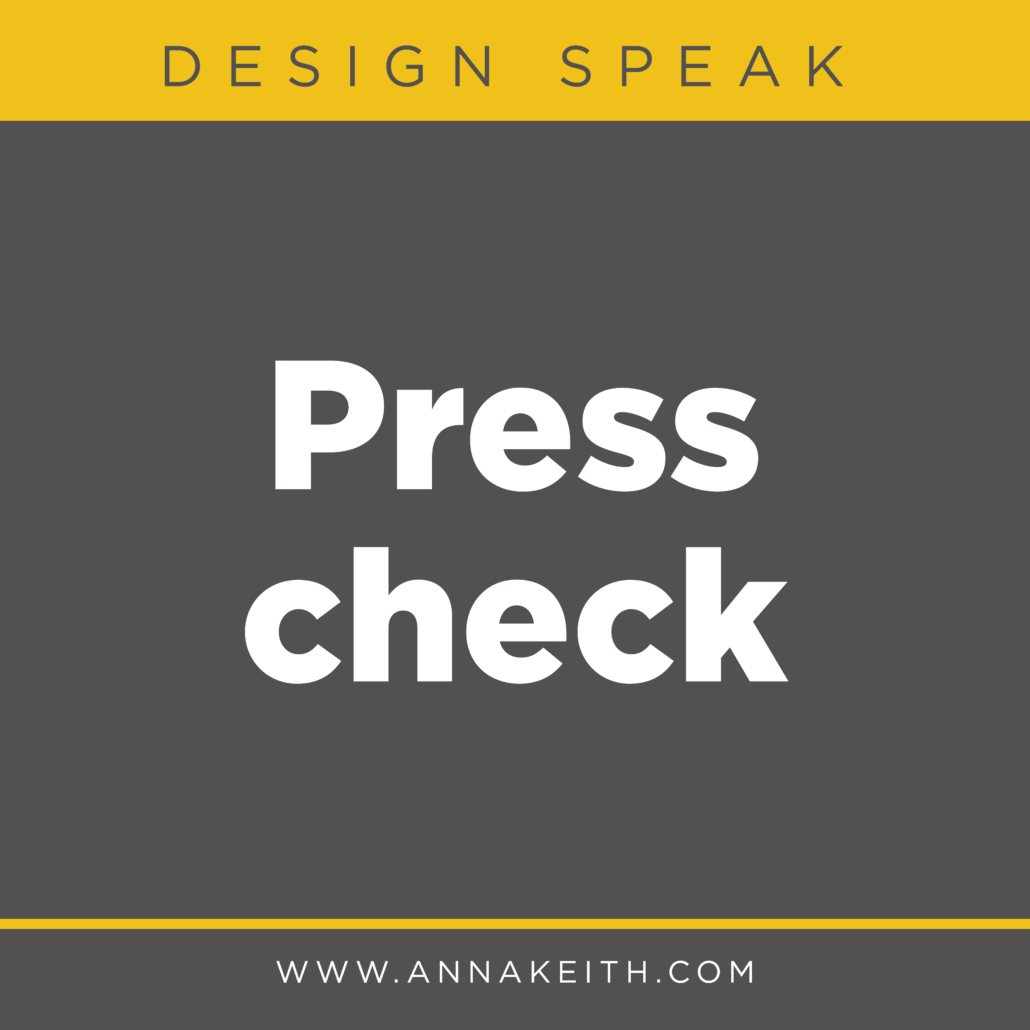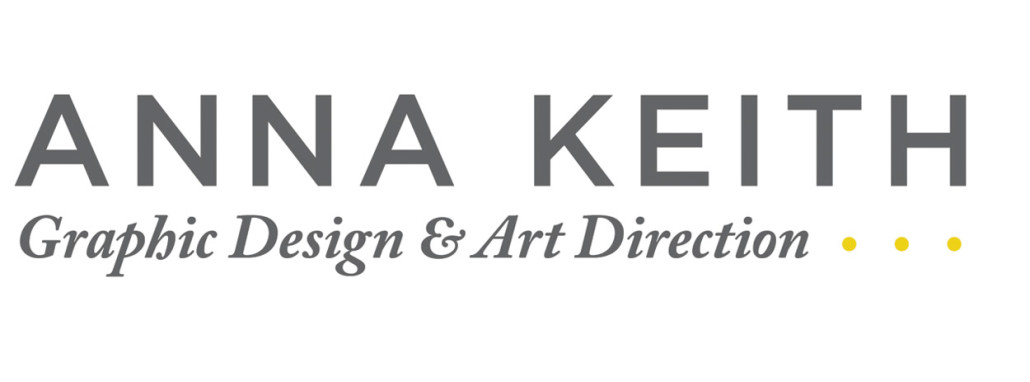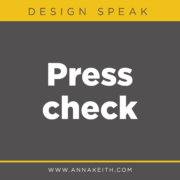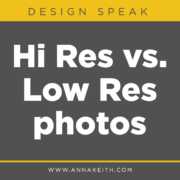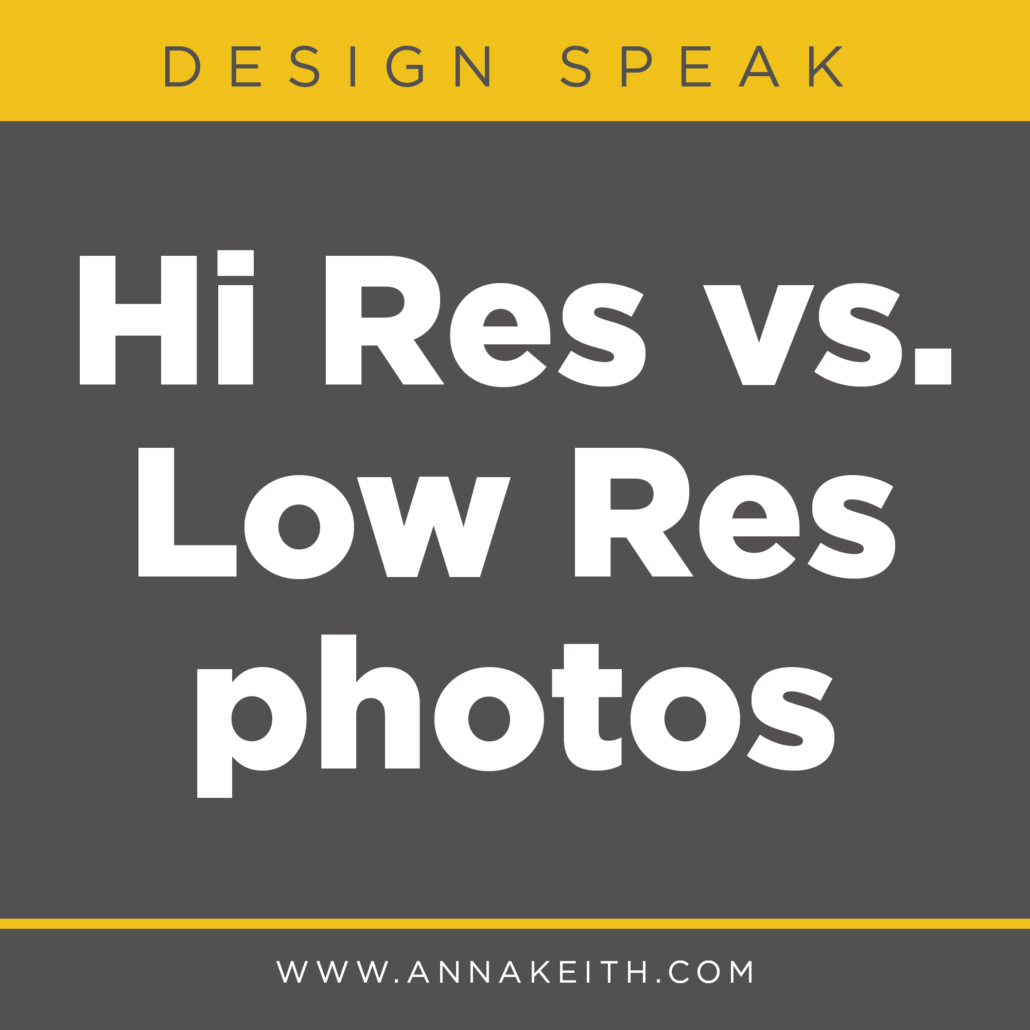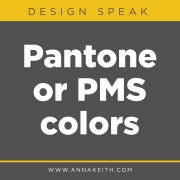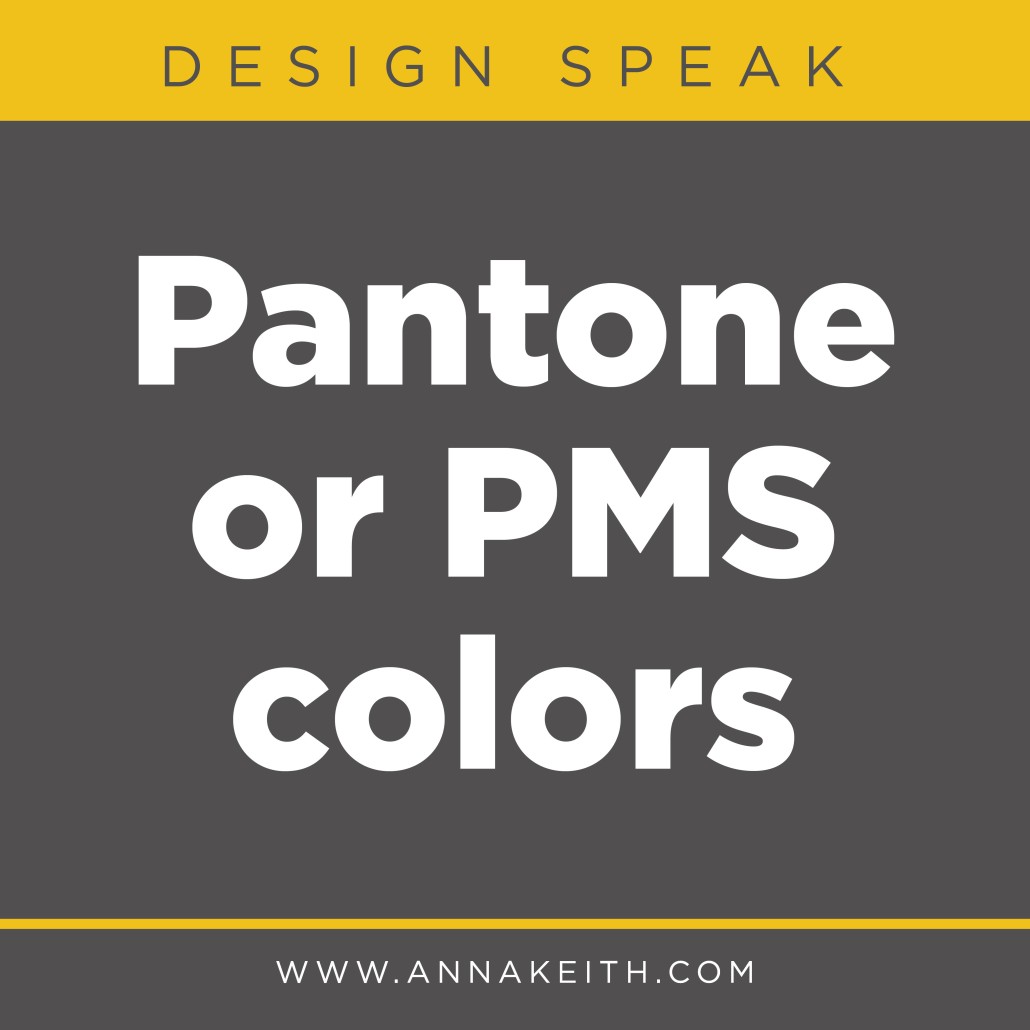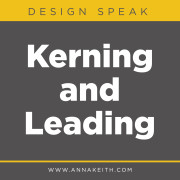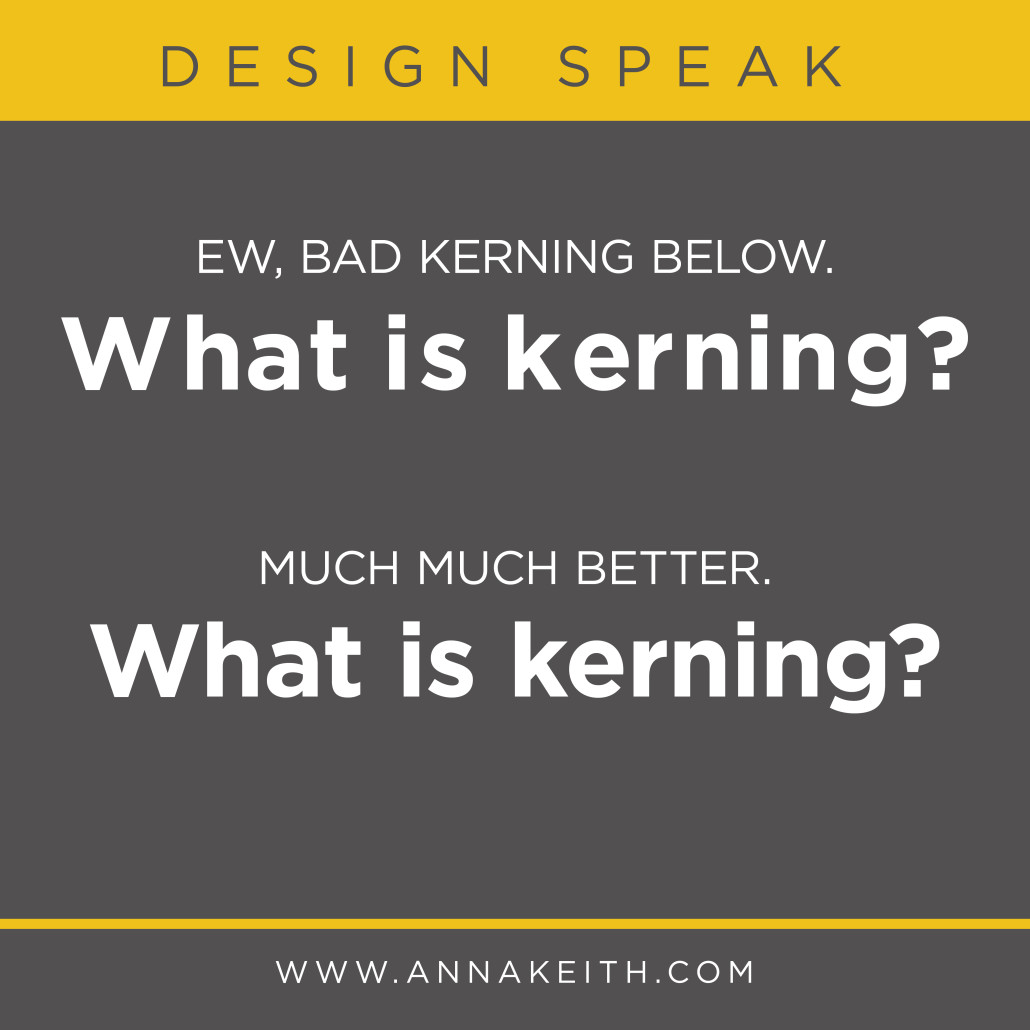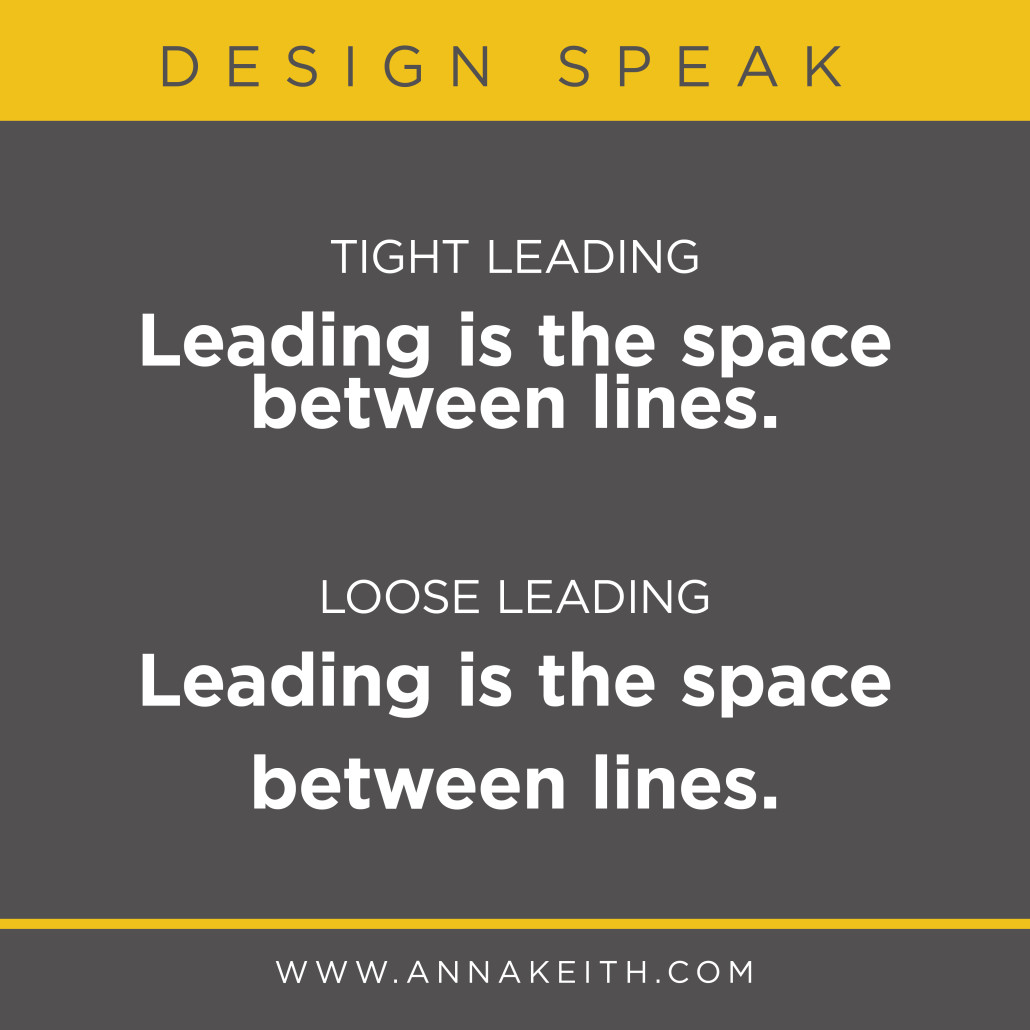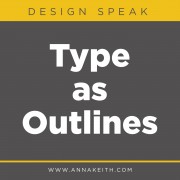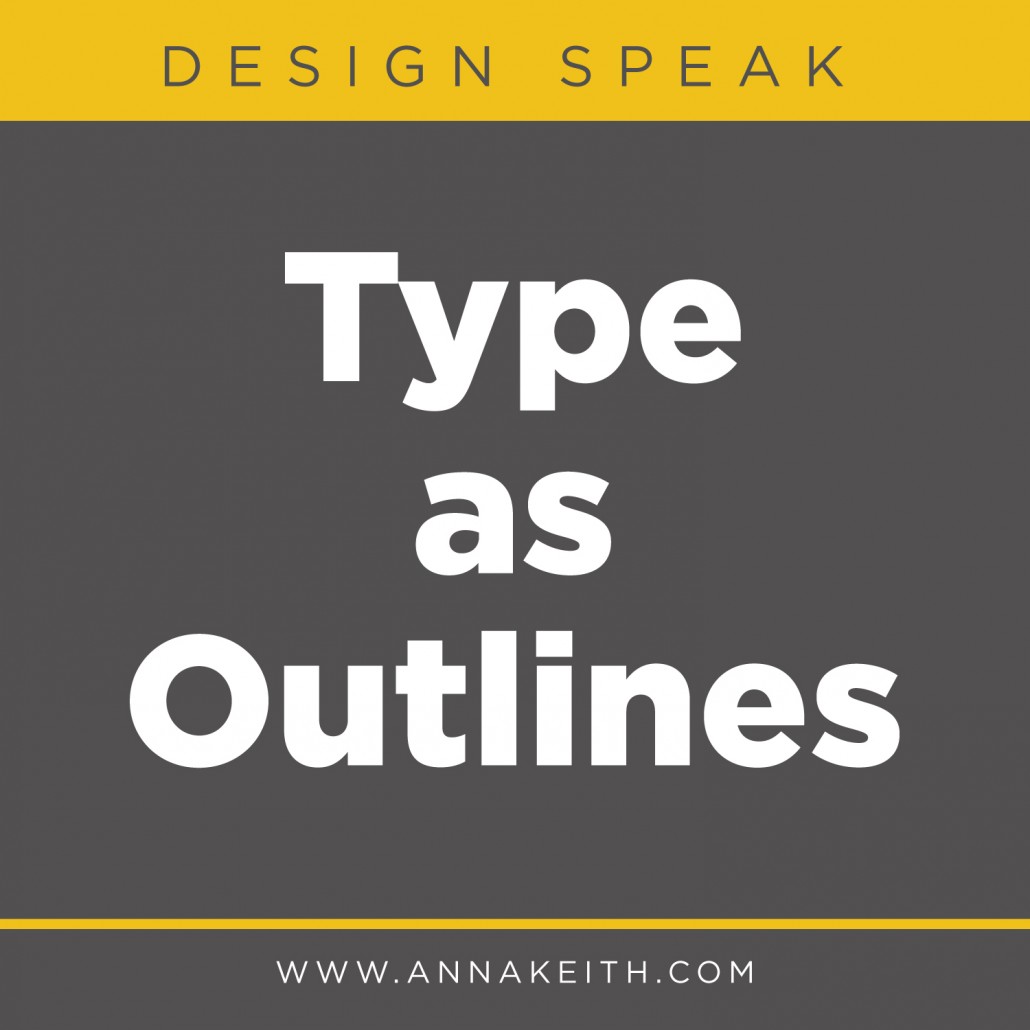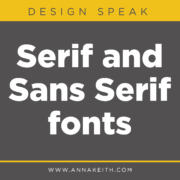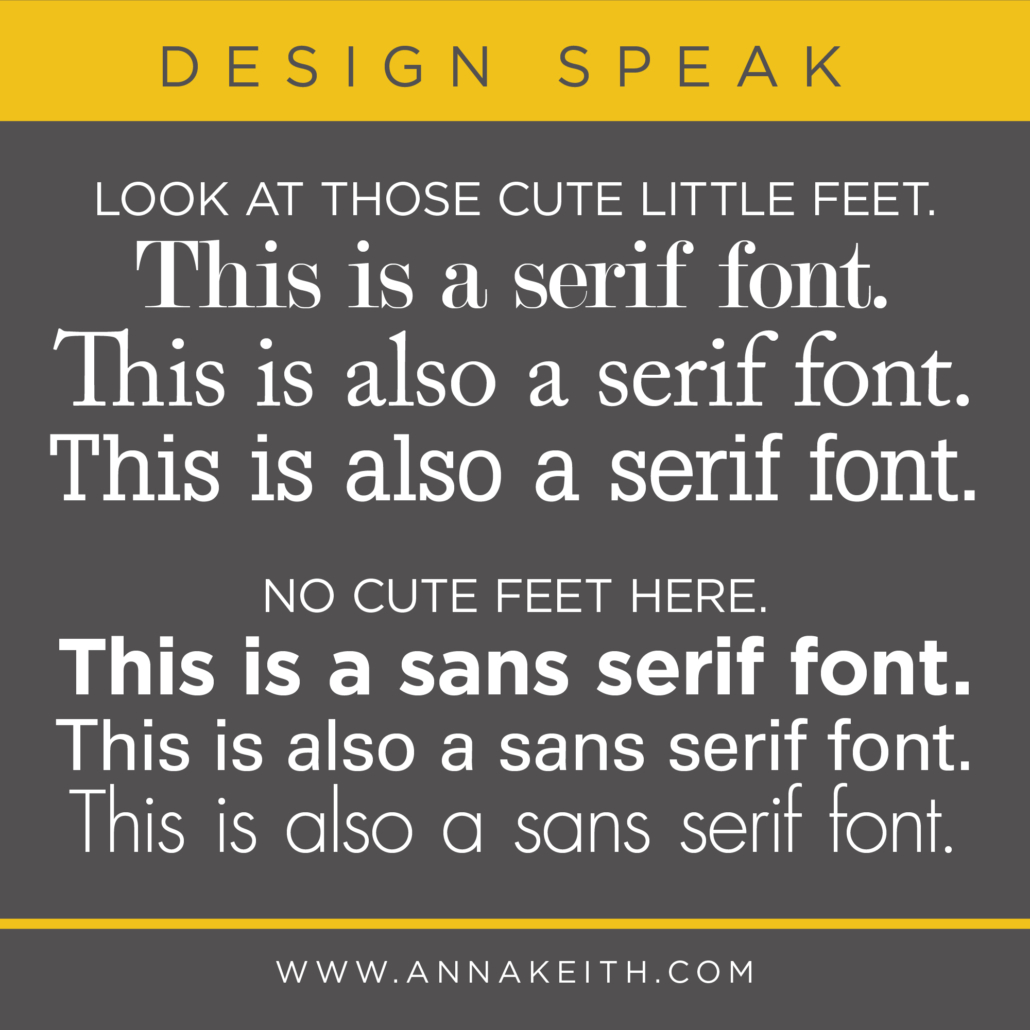Design Speak: Press Check
I realize that sometimes it seems like graphic designers (and printers) have their own language. I’ve started the Design Speak series here on my blog so I can help clarify some of these terms you may hear, but not totally understand.
Has your printer ever asked you if you want to do a press check? And maybe you weren’t sure what they were even asking?!? Here’s the scoop.
A press check is usually done at your printer’s facility. It’s a chance for you to stop by and give your project one final look once it is all set up and ready to print. Now, it’s not the time for text edits or other proofreading changes. It is the time for you to look at the color and the paper, and make sure everything is printing as expected. Since each printer is a bit different and each computer screen is different, it can sometimes be really nice to be able to see how the colors look on the paper you’ve selected. Usually I’m looking to make sure skin tones look true to life, that the brand colors are printing accurately and that everything just looks as expected. If you’re investing in printing, it’s nice to make sure everything is just how you want!
